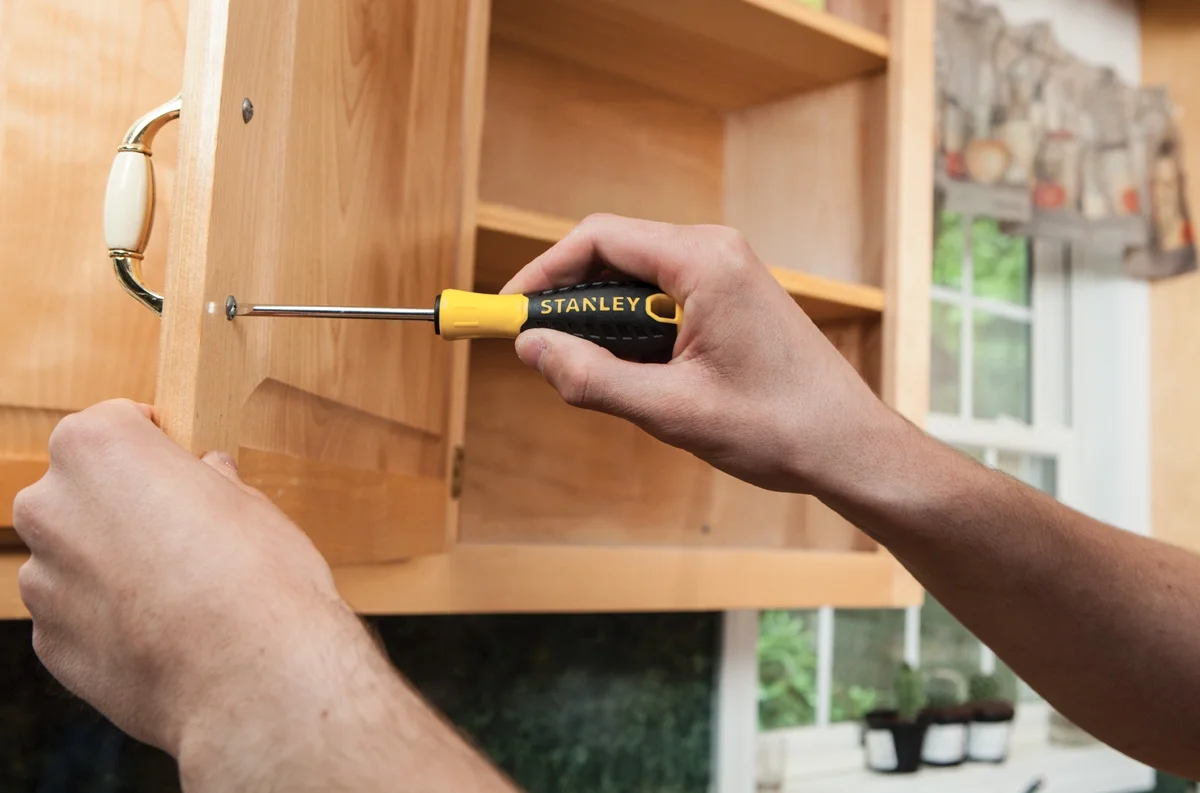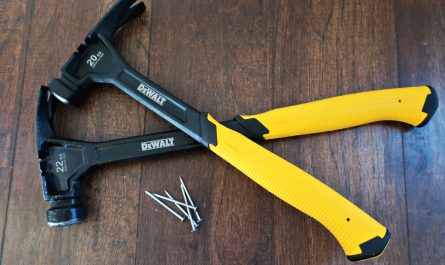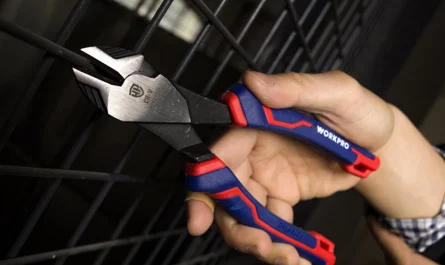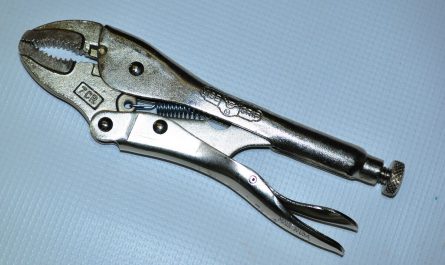In carpentry, construction, and woodworking, screwdrivers are indispensable tools, essential for driving screws and ensuring the precise assembly of materials. While screws offer greater holding power compared to nails, choosing the right screwdriver for each application ensures both ease of use and precision. Whether you’re tightening, loosening, or securing materials, the screwdriver allows you to apply controlled torque, making it a fundamental tool in any carpenter’s toolkit.
History and Evolution of the Screwdriver
The screwdriver, like the hammer, has evolved significantly over time. Early screwdrivers were simple tools with flat blades that were designed to fit into corresponding slotted screw heads. Over time, as screw technology advanced, so did screwdrivers, resulting in the development of a variety of specialized types. The introduction of screws with different heads, such as Philips and Pozidriv, led to the creation of screwdrivers designed to match those distinct patterns.
Today’s screwdrivers come in a vast range of designs, materials, and ergonomics, providing increased comfort, efficiency, and durability. Modern screwdrivers are typically made from high-carbon steel or other hardened materials, with comfortable handles that reduce strain and offer greater control during use.
Types of Screwdrivers and Their Applications
1.Flathead (Slotted) Screwdriver
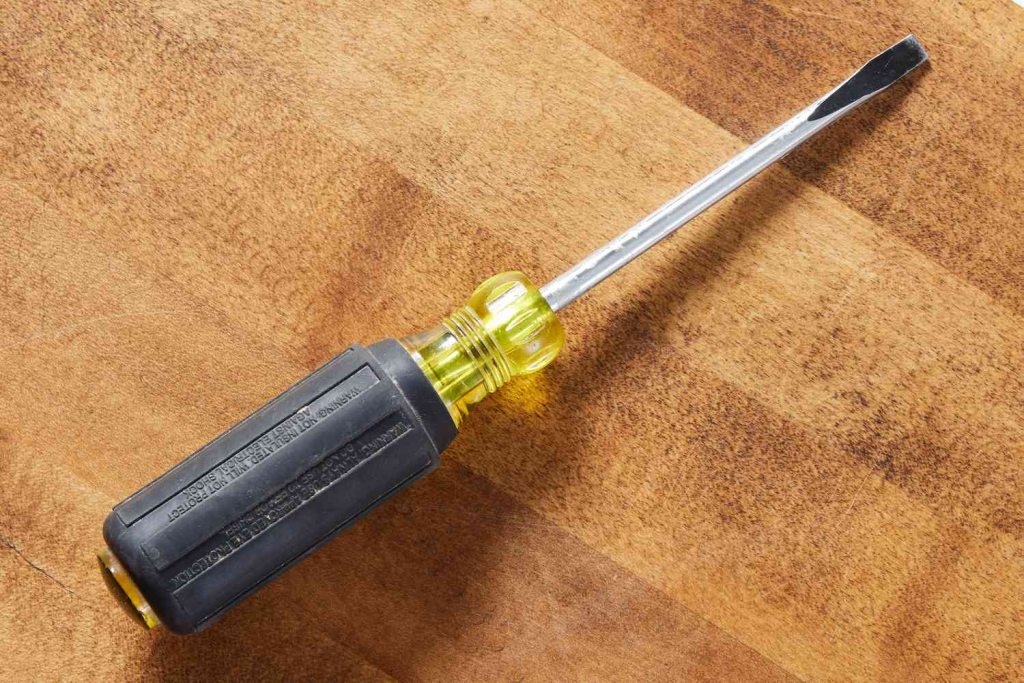
Description and Use:
The flathead screwdriver is one of the most basic and oldest types of screwdrivers, featuring a flat, single-blade tip designed to fit into the groove of a slotted screw. This simple yet effective tool is widely used for a variety of tasks, ranging from general carpentry to light DIY projects, particularly when dealing with older or more traditional screw types.
While flathead screws are less common in modern construction, the flathead screwdriver remains an essential tool in many households and workshops. It is perfect for assembling furniture, tightening screws, or making minor adjustments to components that don’t require high torque or specialized tools. Its straightforward design makes it easy to use and reliable, whether you’re working on simple home repairs, light woodworking, or other everyday tasks.
The flathead screwdriver is often the go-to choice for basic tasks where precision and ease of use are important, and despite the rise of other screw types, it continues to be a staple in toolkits around the world. Its versatility and simplicity ensure that it remains a reliable and practical tool for anyone working with screws in everyday situations
Technical Characteristics:
- Head Material: Steel or hardened chrome vanadium
- Blade Length: 50 – 150 mm
- Handle: Plastic, rubber, or ergonomic grips
- Features: Single blade, flat head
Price Range:
€3 – €20
2.Phillips Screwdriver
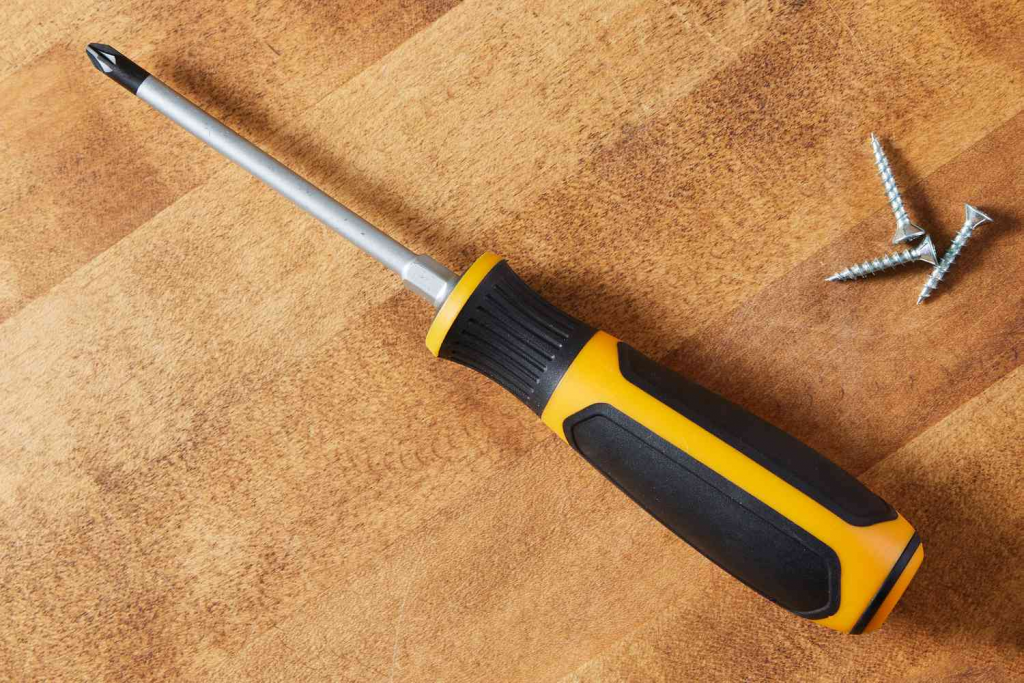
Description and Use:
The Phillips screwdriver is specifically designed for screws with a cross-shaped (X) slot, providing a better grip and allowing for greater torque compared to traditional flathead screws. The design of the Phillips tip ensures a secure fit, reducing the likelihood of the screwdriver slipping out during use. This feature makes it ideal for driving screws into wood, metal, plastic, and other materials, where a firm grip and control are crucial.
Commonly used in carpentry, the Phillips screwdriver is perfect for tasks like assembling frames, attaching hardware, and fixing electrical components. Its ability to apply more torque without slipping makes it particularly valuable in construction and repair work, where precision and strength are required. The cross-shaped tip allows for more efficient power transfer, making it easier to drive screws securely into various surfaces.
Due to its versatility and reliable grip, the Phillips screwdriver has become a staple in both professional and DIY toolkits. Whether you’re working on furniture assembly, home repairs, or building structures, the Phillips screwdriver is an essential tool for any task that requires reliable screwdriving power.
Technical Characteristics:
- Head Material: Steel or chrome-plated steel for durability
- Blade Length: 50 – 150 mm
- Handle: Comfortable, non-slip grip
- Features: Cross-shaped tip
Price Range:
€5 – €25
3.Pozidriv Screwdriver

Description and Use:
The Pozidriv screwdriver is similar to the Phillips screwdriver but features a more refined design with additional lines or flutes on the blade, enhancing its grip and reducing the risk of slipping. This unique design provides more contact points with the screw, allowing for better torque transfer and more stability during use.
Commonly used in carpentry and construction, the Pozidriv screwdriver is ideal for projects that require a higher torque, such as assembling wooden structures or cabinetry. The added grip and reduced slippage make it particularly valuable in tasks where precision is critical and where screws need to be driven securely without damaging the surrounding material.
Pozidriv screws and drivers are designed for improved control, making them a preferred choice for professional woodworkers and construction workers. The design helps prevent the stripping of screw heads, ensuring a tighter fit and reducing the likelihood of the tool slipping out during operation. Whether you’re assembling furniture, constructing frames, or working on cabinetry, the Pozidriv screwdriver is a dependable choice for tasks that require more precise control and higher torque.
Technical Characteristics:
- Head Material: Hardened steel for durability
- Blade Length: 50 – 150 mm
- Handle: Ergonomically designed with a grip-enhancing material
- Features: Extra lines for added grip, cross-shaped tip
Price Range:
€7 – €30
Conclusion
Screwdrivers are essential tools in carpentry, construction, and DIY projects. Whether you need to drive a small screw into fine wood or secure large bolts into heavy materials, having the right screwdriver can make a significant difference in your work. From traditional flathead and Phillips screwdrivers to specialized Torx and impact driver sets, there is a screwdriver suited for every application. Understanding the different types of screwdrivers and their uses will ensure that you can complete your projects with precision, control, and efficiency. With the right tool in hand, your craftsmanship and productivity will soar.
